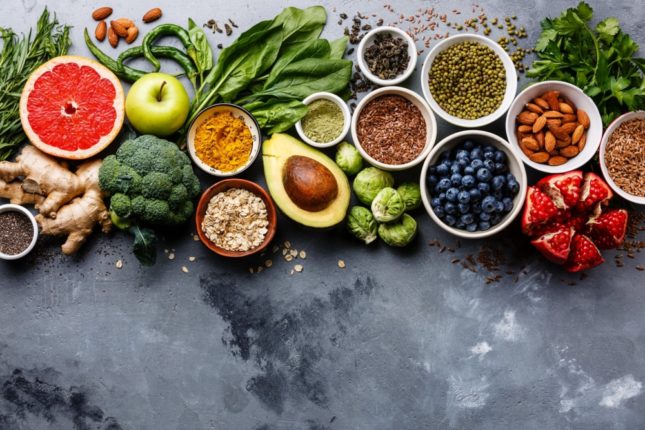
Sustainable Diet
Today, food owns a new role as we are approaching an increasing consumer and health-conscious world. That is to improve the well-being of man and environmental sustainability. For this reason, the Eat-Lancet Commission developed the “Food in the Anthropocene: the eat-Lancet Commission on healthy diets from sustainable food systems“, an interdisciplinary study focusing on guidelines providing a more balanced diet with respect for the well-being of the planet and a population of about 10 billion people. In this way, we can avoid unnecessary environmental waste and improve our health.
What is a sustainable diet?
FAO describes a sustainable diet as the consumption of “nutritionally healthy food, with a low footprint in terms of land use and water resources used, with low carbon and nitrogen emissions, attentive to the conservation of biodiversity and ecosystems, rich in local and traditional foods, fair and accessible to all.”
Why is it important?
This food regime provides a reduction of meat and added sugars usage and production, and an increase in fruits, vegetables and all those foods that are produced with low environmental consumption.
How?
- By promoting healthy diets through health information and education campaigns to targeting producers and consumers
- By encouraging agriculture that focuses on biodiversity
- By intensifying the production of sustainable food
- Policy and governance focusing on rebuilding destroyed ecosystems and safeguarding land and oceans’ flora and fauna.
- By drastically reducing food waste, which is in line with the United Nations Sustainable Development Goals (SDGs), thus improving the entire production chain.
Does sustainable palm oil have the requirements for having an important role in a sustainable diet?
Absolutely. As stated previously in the five points listed, sustainable palm oil is part of the strategies of achieving sustainable nutrition. In addition, the Lancet commission adds palm oil into the ideal diet, as it promotes low saturated fat oils, such as this last one.
- “Palm fruit oil is half saturated fatty acids (49%) and half monounsaturated/polyunsaturated fats (51%).” And both are indispensable to the proper functioning of our organism. (cra-nut ex INRAN).
- It is a sustainable and conscious production to reduce environmental impacts, including in local communities. This is why some of the actors responsible for the palm oil sector established in 2004 the Roundtable on Sustainable Palm Oil (RSPO – www.rspo.org) with the objective of managing the environmental and social problems related to its production on the basis of defined principles and criteria.
- There are alternatives to palm oil, however, they do not have its same high footprint nor its similarly low levels of environmental impact. Indeed, the oil palm has an average yield of 3.47 tons per hectare, this means 5 times more than rapeseed (0.65 t/ha), 6 times more than sunflower (0.58 t/ha), and even 9 times more than soya (0.37 t/ha) and 11 (0.32 t/ha) than olive oil.
Hence, if we all follow a regime based on production and sustainable consumption, the Eat-Lancet plan would no longer seem to be a utopia, but a true reality. Certainly, it is going to be difficult but thanks to the palm oil we can achieve this.
